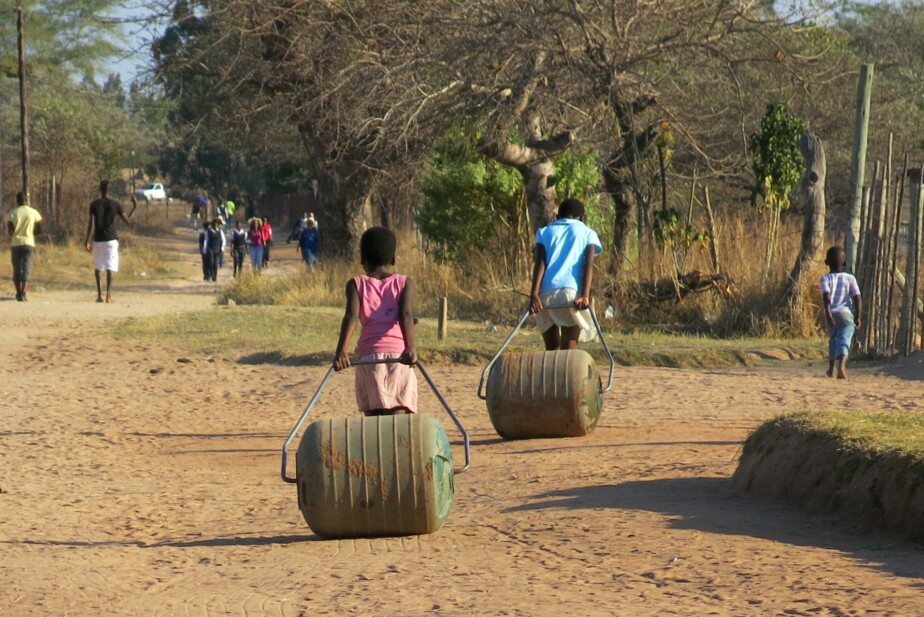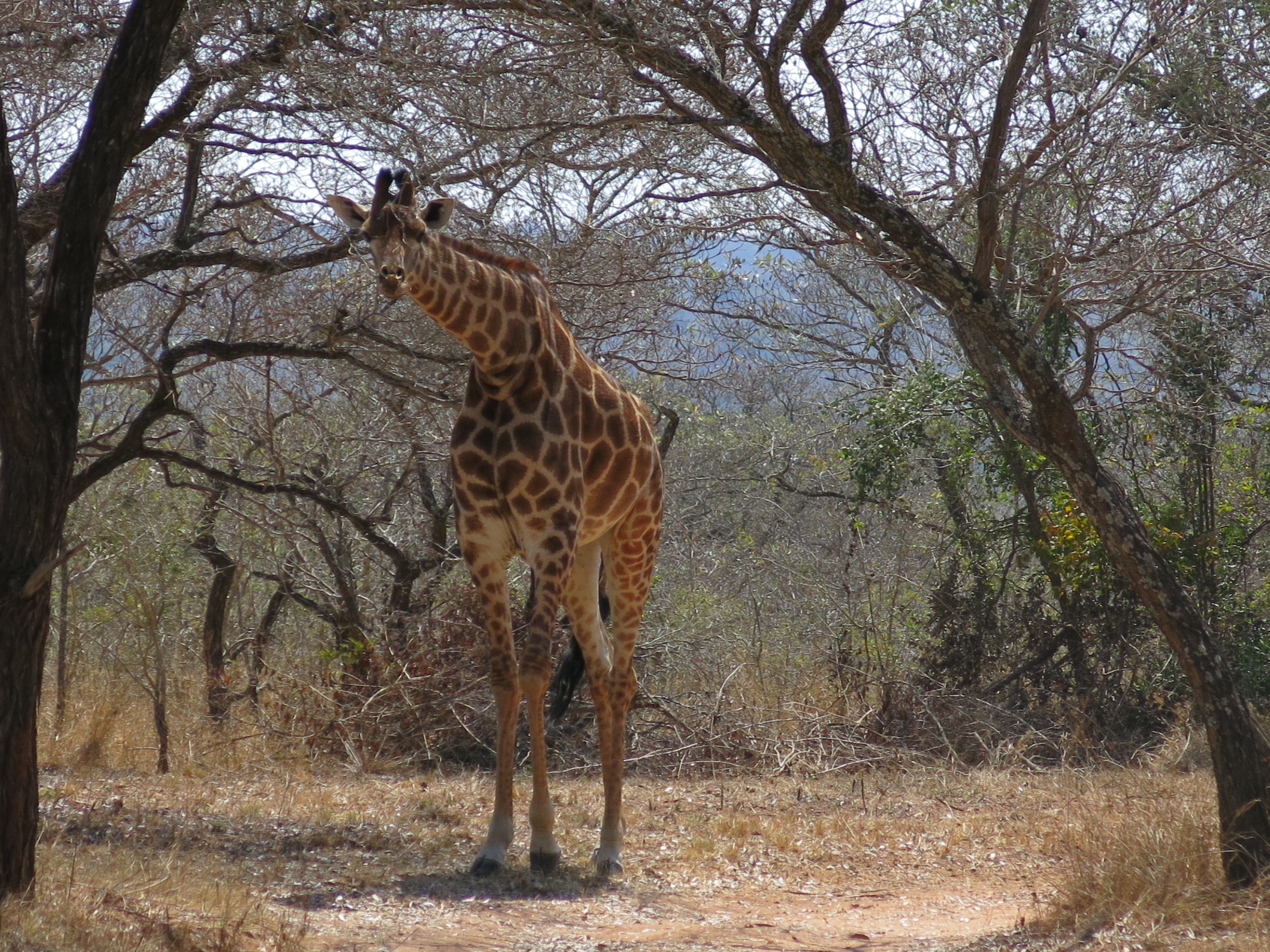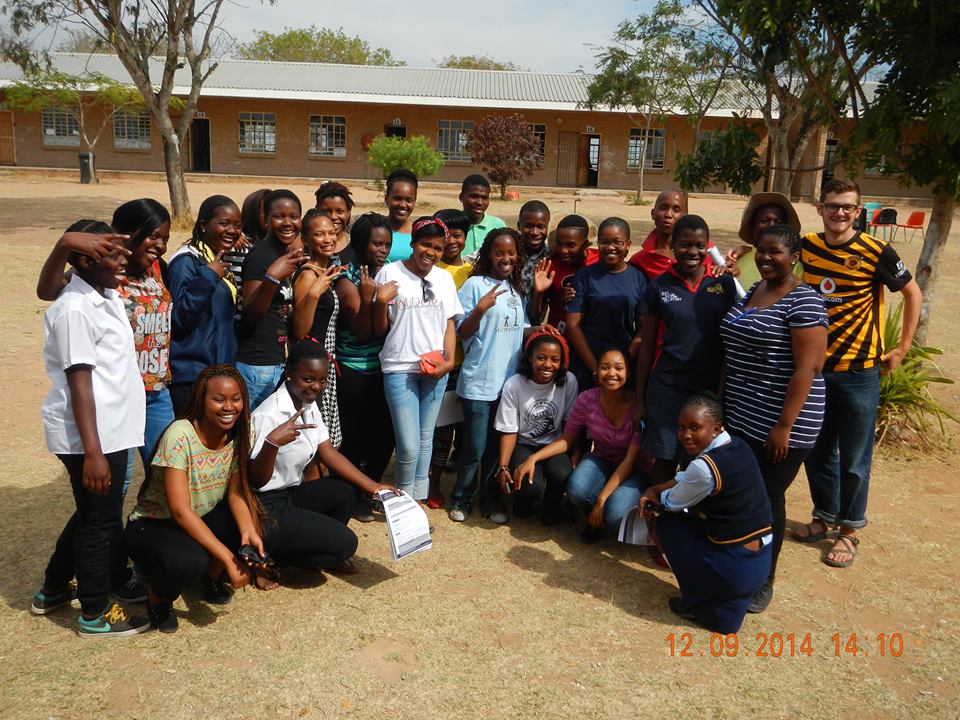
by Thomas Elliott
Note: This is Thomas’s first blog post from the field, written on Sept. 16, 2014.
Over the course of my first few weeks here, people have often asked me, “How is South Africa?” and I quite frankly don’t know what to tell them. In all sincerity, if I put on my expert chef’s hat, I would say that South Africa is about 5 cups African, 1 cup American, 1 cup British, ½ cup Dutch, and a ½ cup Indian. Mix all that together with 5 heaping tablespoons of chaos, and you’re getting pretty close. This country bru, it pulls you in, pushes you away, confuses you, and challenges you. It holds you close just long enough for you to feel comfortable, and then it drops you on the floor, and you’re not quite sure why. So much of it is familiar: the KFCs in every town, the cars, the infrastructure, the ads on TV, but as soon as you walk out of your door and are almost run over by a Koombi (Southern Africa’s infamous mini-bus taxi) zooming by at a ridiculous speed, you realize you can’t let your guard down.
On a less serious note, I can confidently report that these first couple weeks have simply blown past. I spent my first night in Johannesburg, and the next afternoon I flew to Hoedspruit, a small-ish town in the Northeastern Limpopo region. Of course, I knew there would be some animals. But during our short descent into Eastgate airport, I was so shocked to see a giraffe next to the landing strip that I didn’t believe it was possible. But it was: during the 30 minute drive from Airport to home, I would see 2 more giraffes, several warthogs, and various antelope.

After a day or two of recovery and exploration, I got to work. South Africa, as a country, has 11 official languages. The language spoken here in Bushbuckridge is Shangaan, a dialect of Xitsonga, which is spoken here in Northern South Africa and Southern Mozambique. Although I began studying relatively early, I have yet to make much headway. Bantu languages are tough, and don’t even get me started on noun classes.
Besides beginning to learn Xitsonga, I did some readings to ready myself for my first job: Working with a local high school. Together with some colleagues from Wits University, I was to help identify problems that the local village has with water. Many students at Masingitana High School will go for weeks or even months without fresh water, and access was identified by the students as the major environmental problem in their area. After a little over a week of work, we have now achieved our purpose of improving awareness amongst students and the community, as well as assessments of the quality of river water, which many households are forced to use in times of need.

In many ways, paradoxes such as this one seem to characterize some of South Africa’s problems: several households, while still using firewood for cooking and heating and often lacking water, have brand-new TV dishes mounted on their houses. To the outsider, something like this may seem like a waste of resources. Why would someone spend money on a dish when they’re still using firewood to cook? Often it is cheaper for these households to use firewood, and basic access to utilities is not consistently provided by the municipality. I get a feeling that the resourcefulness of the people living here is something that could be emulated with some success worldwide. No bite of food or drop of water is wasted, and everything –even rubbish- is put to good use.
Two weeks have passed, and I am beginning to feel like I could love this place. Tonight I’m off to a Braai, the ubiquitous South African Barbeque, with an exciting game of Rugby on the side. Famba Kahle!
